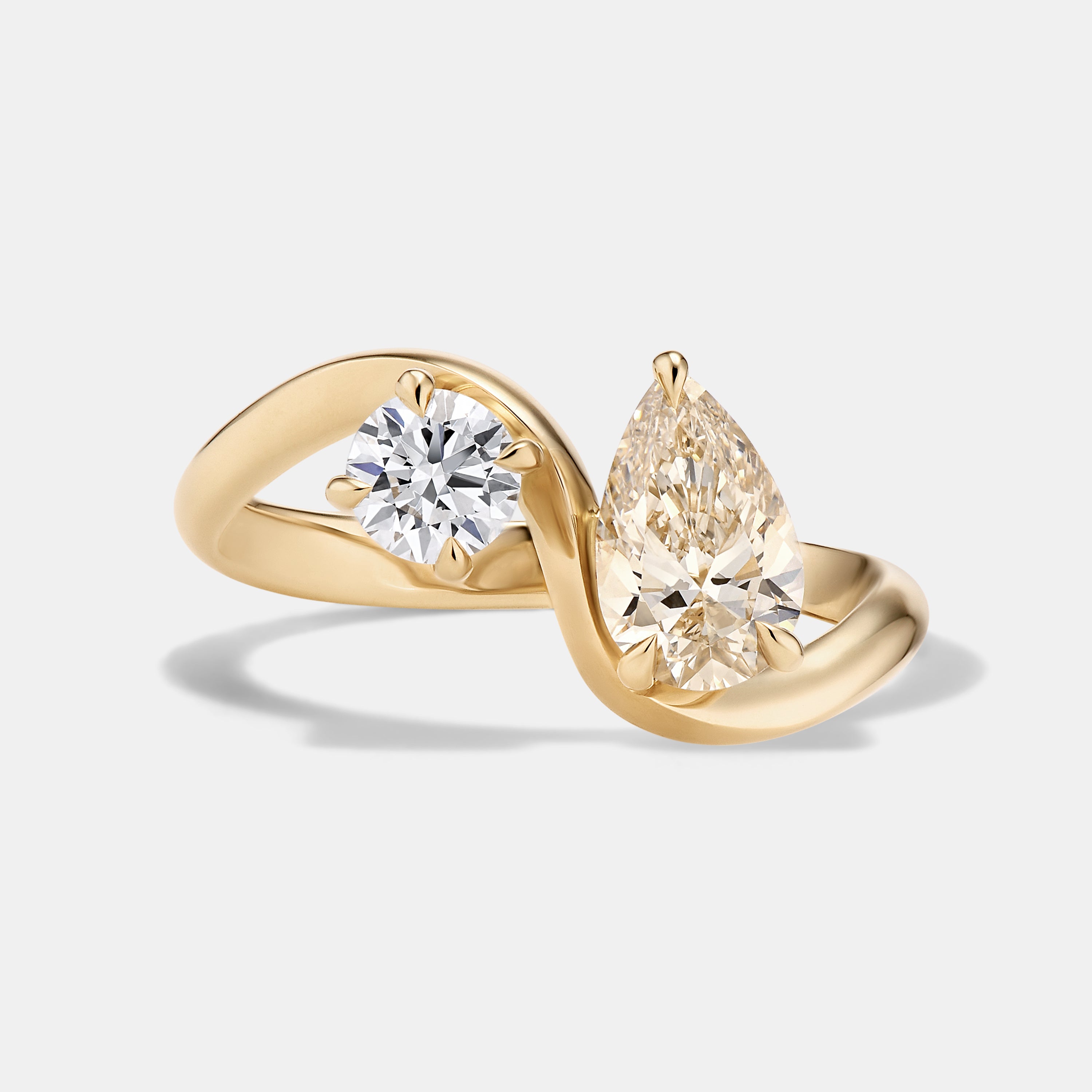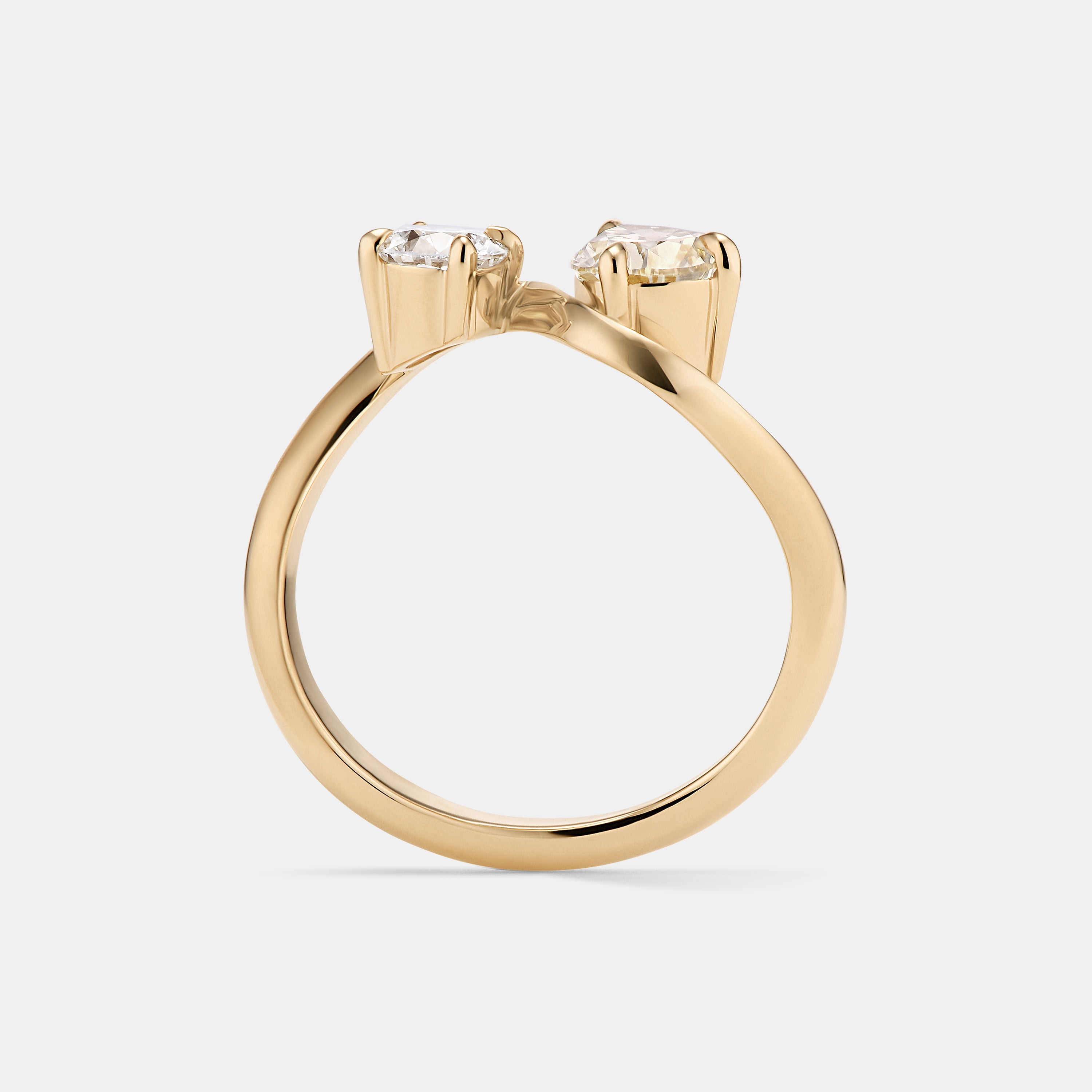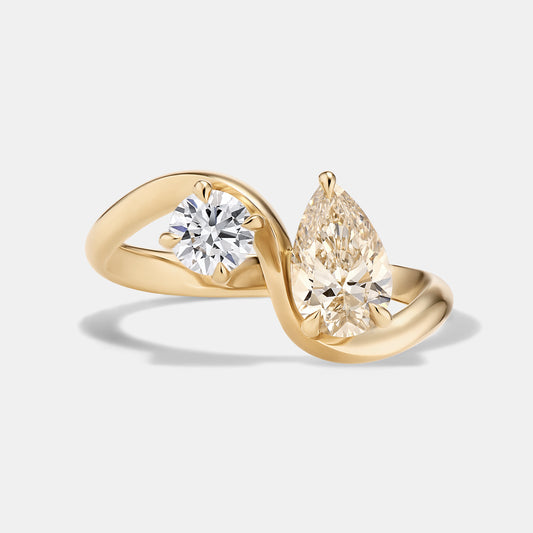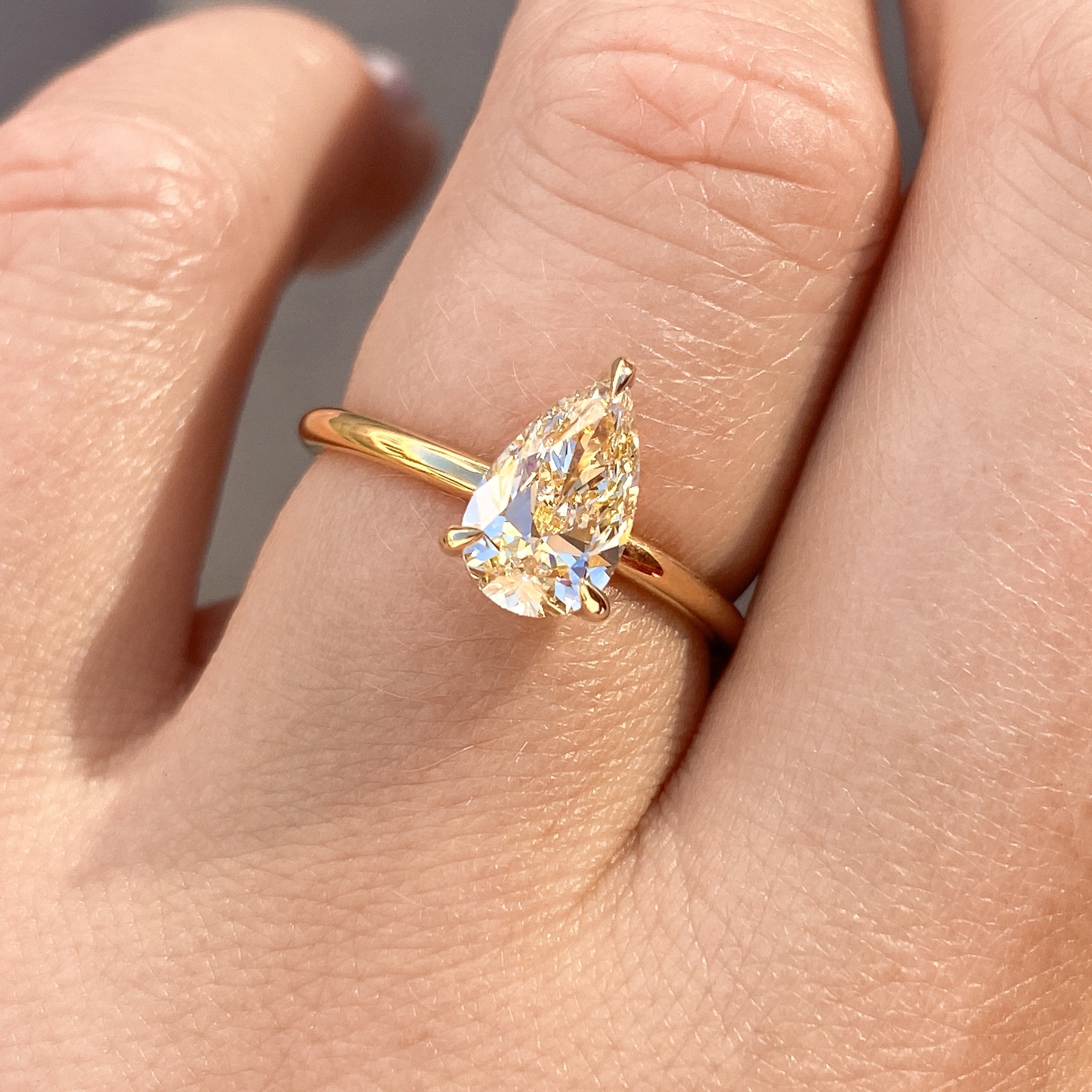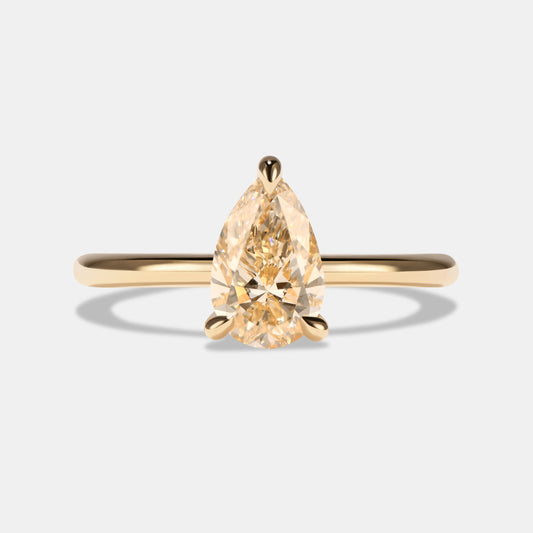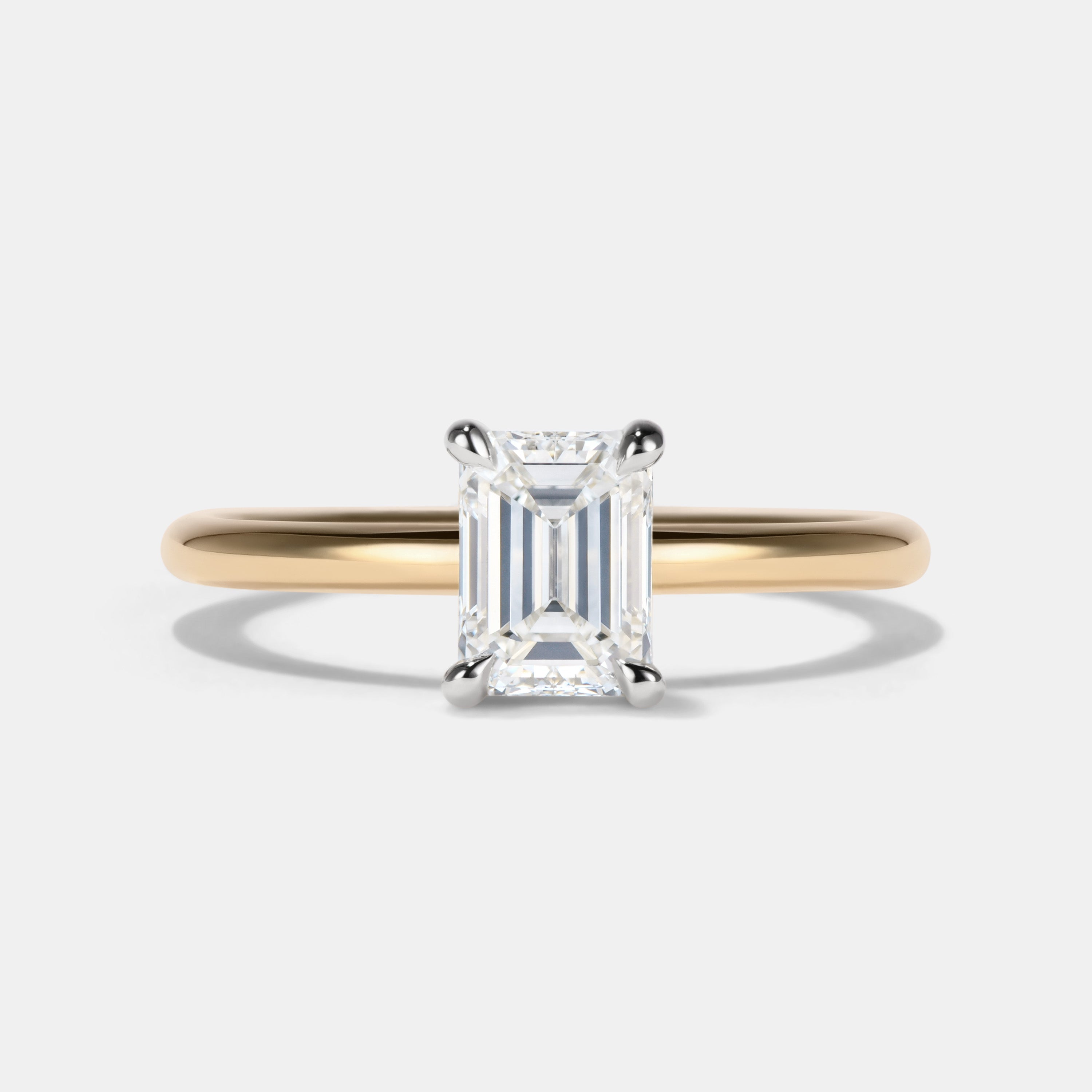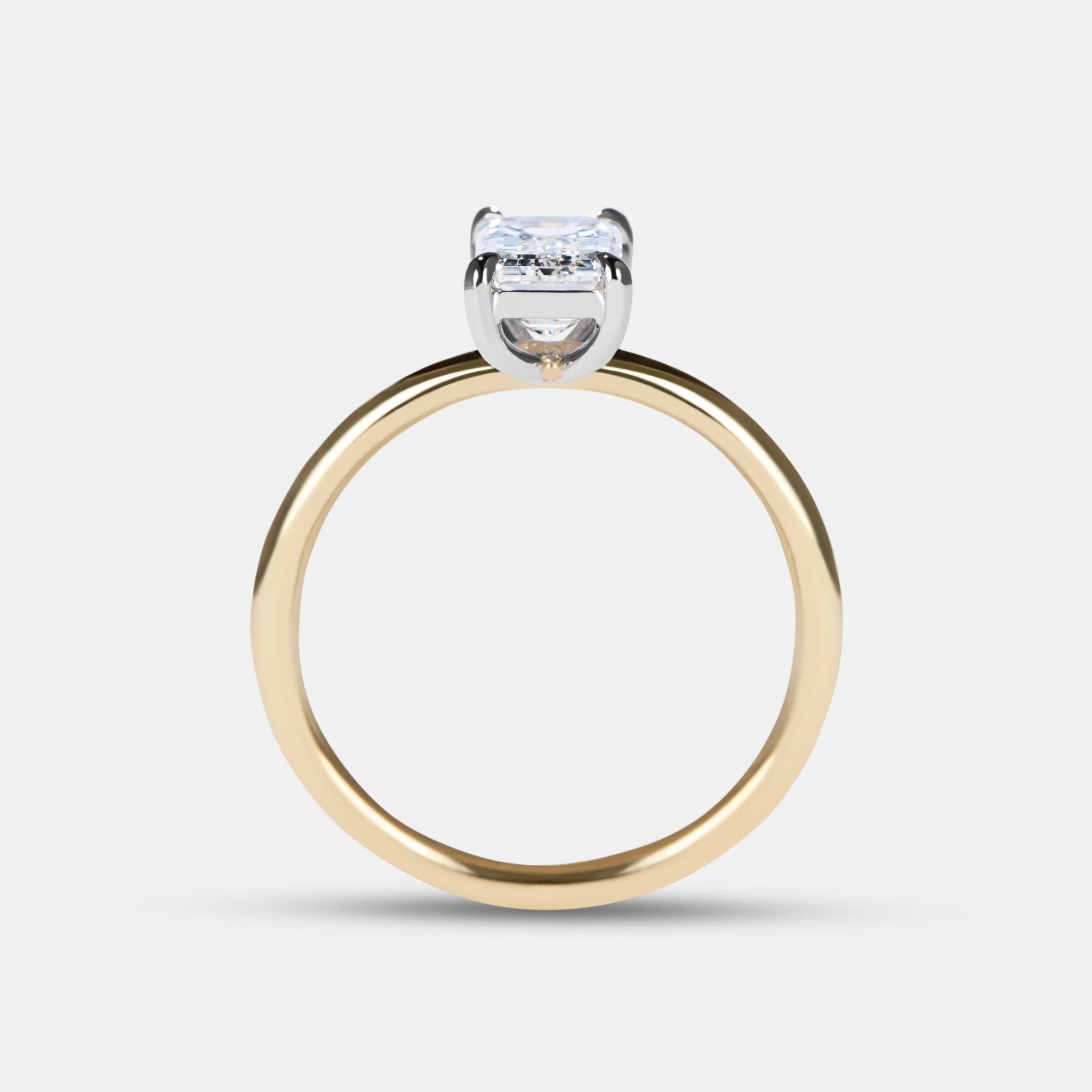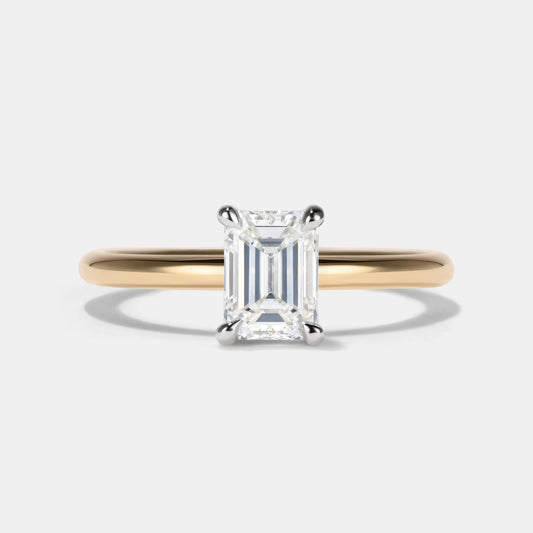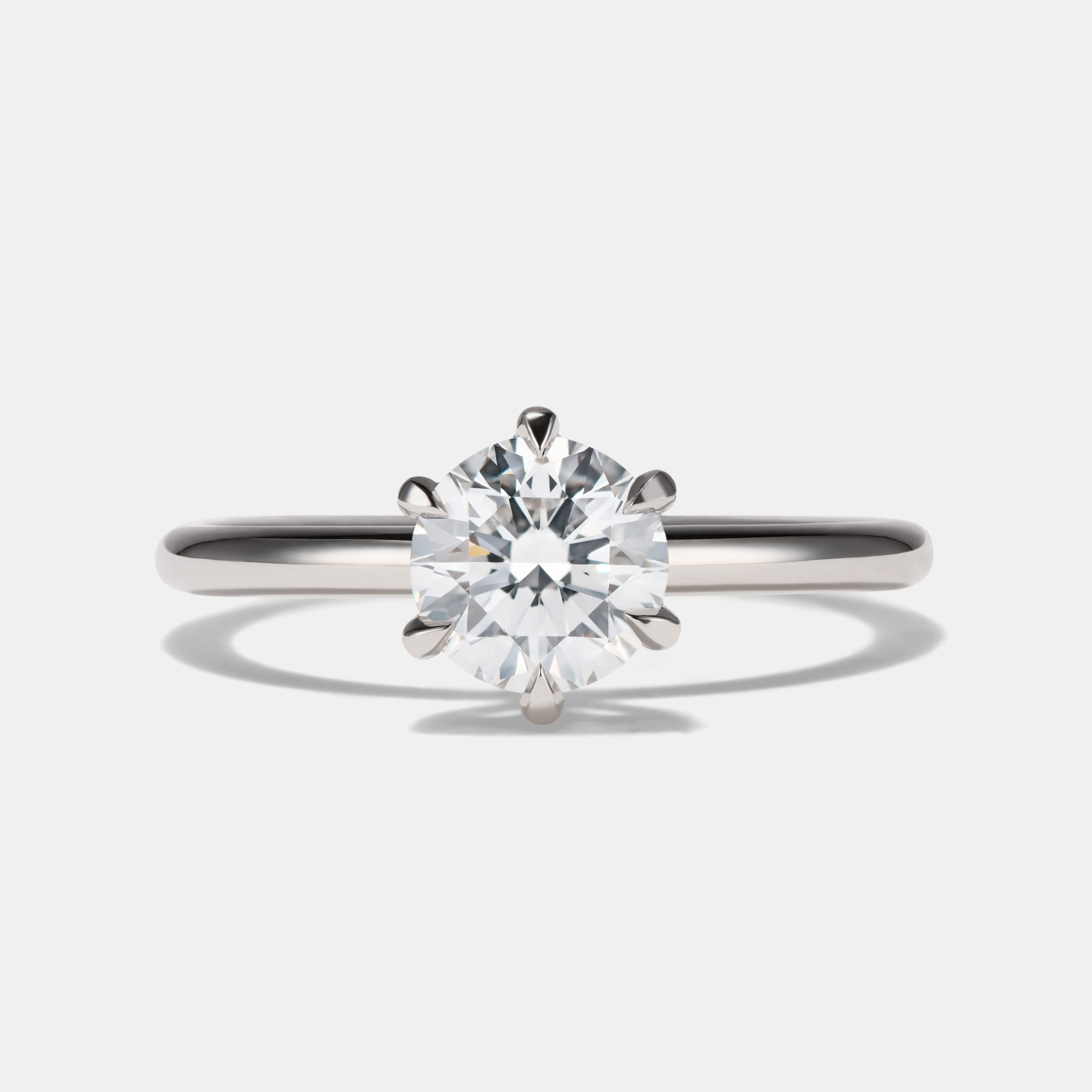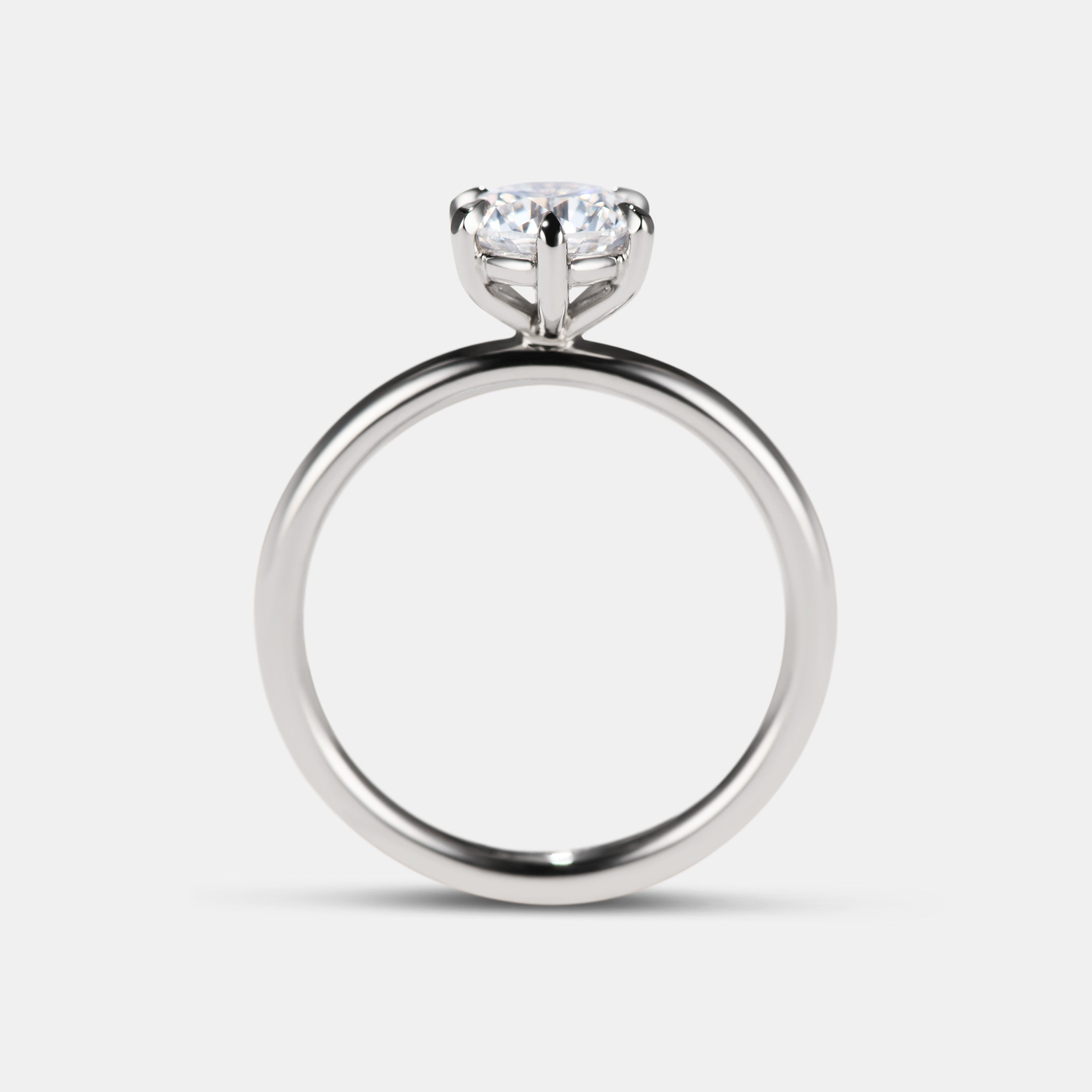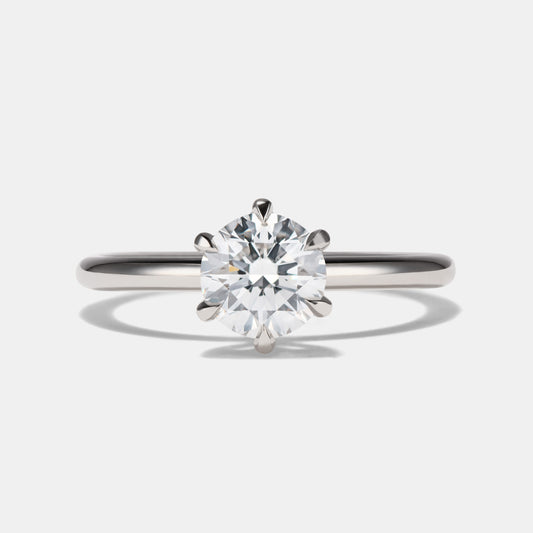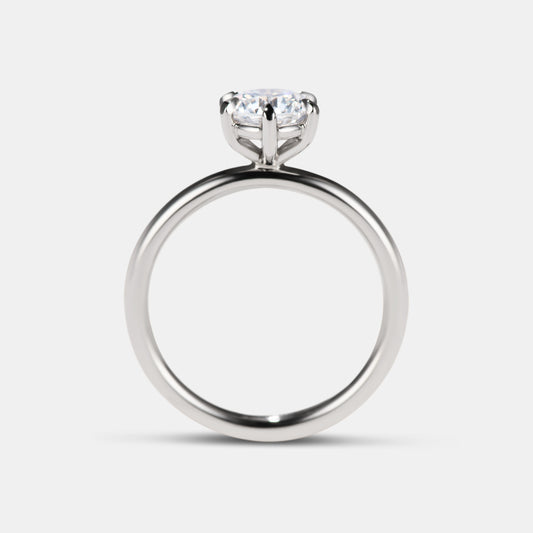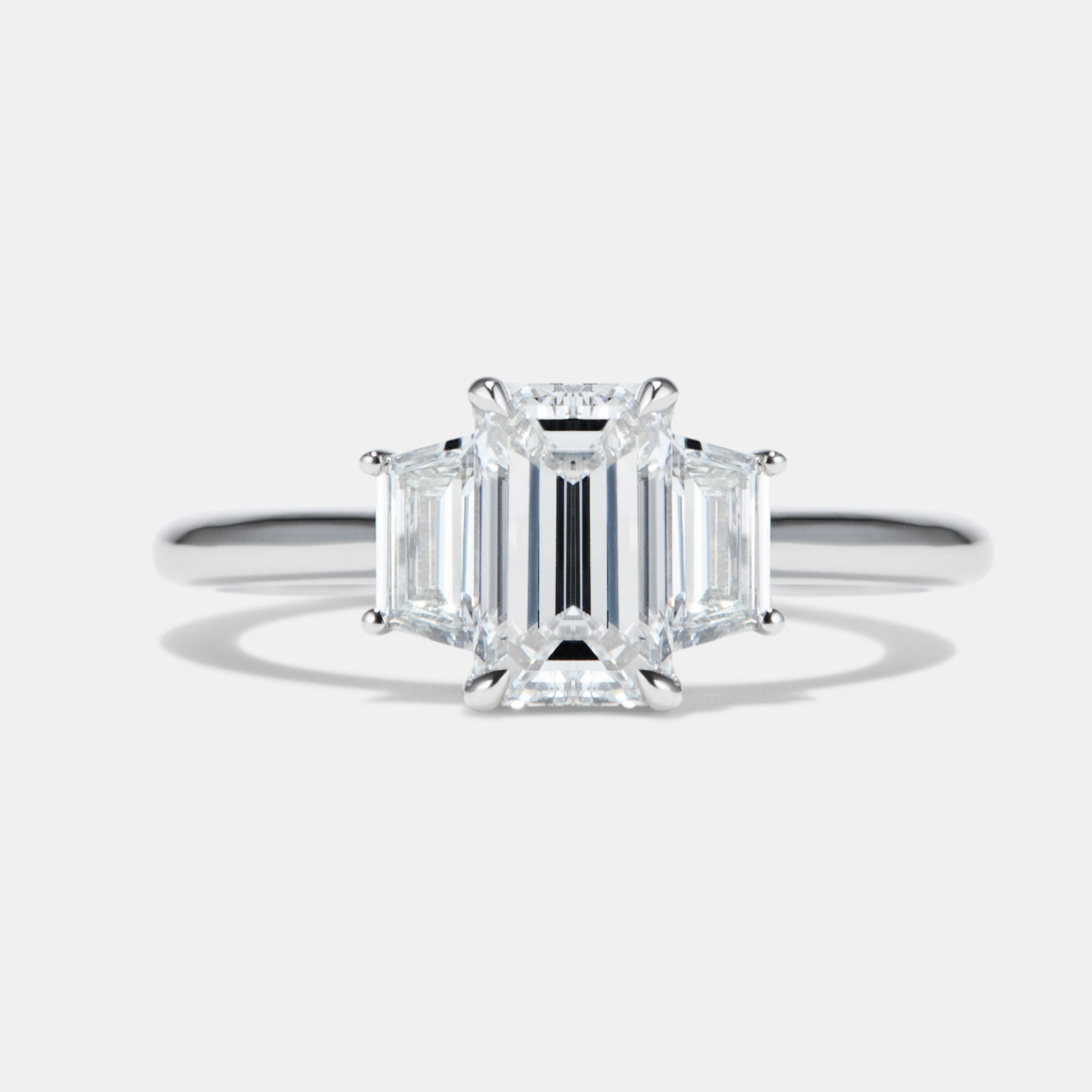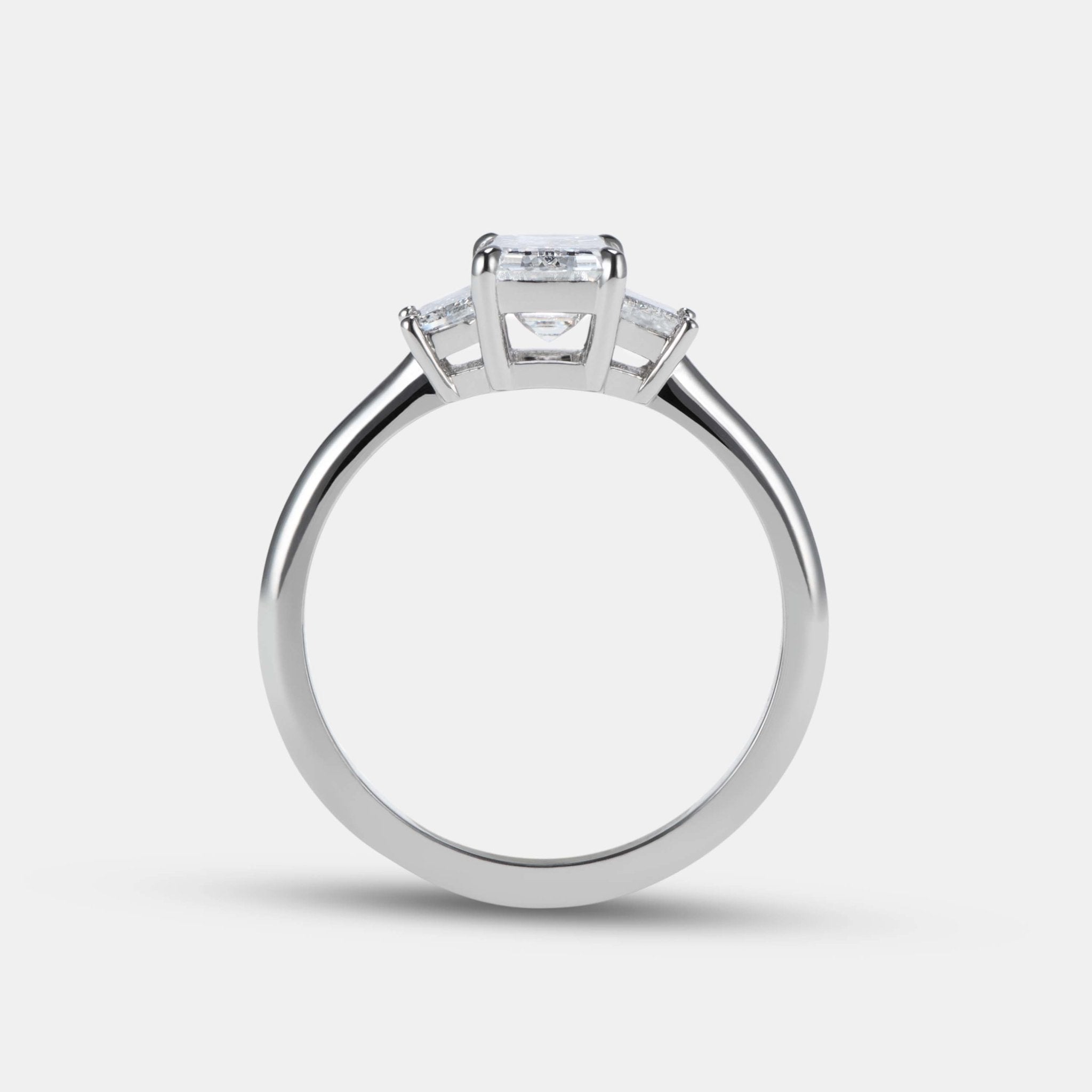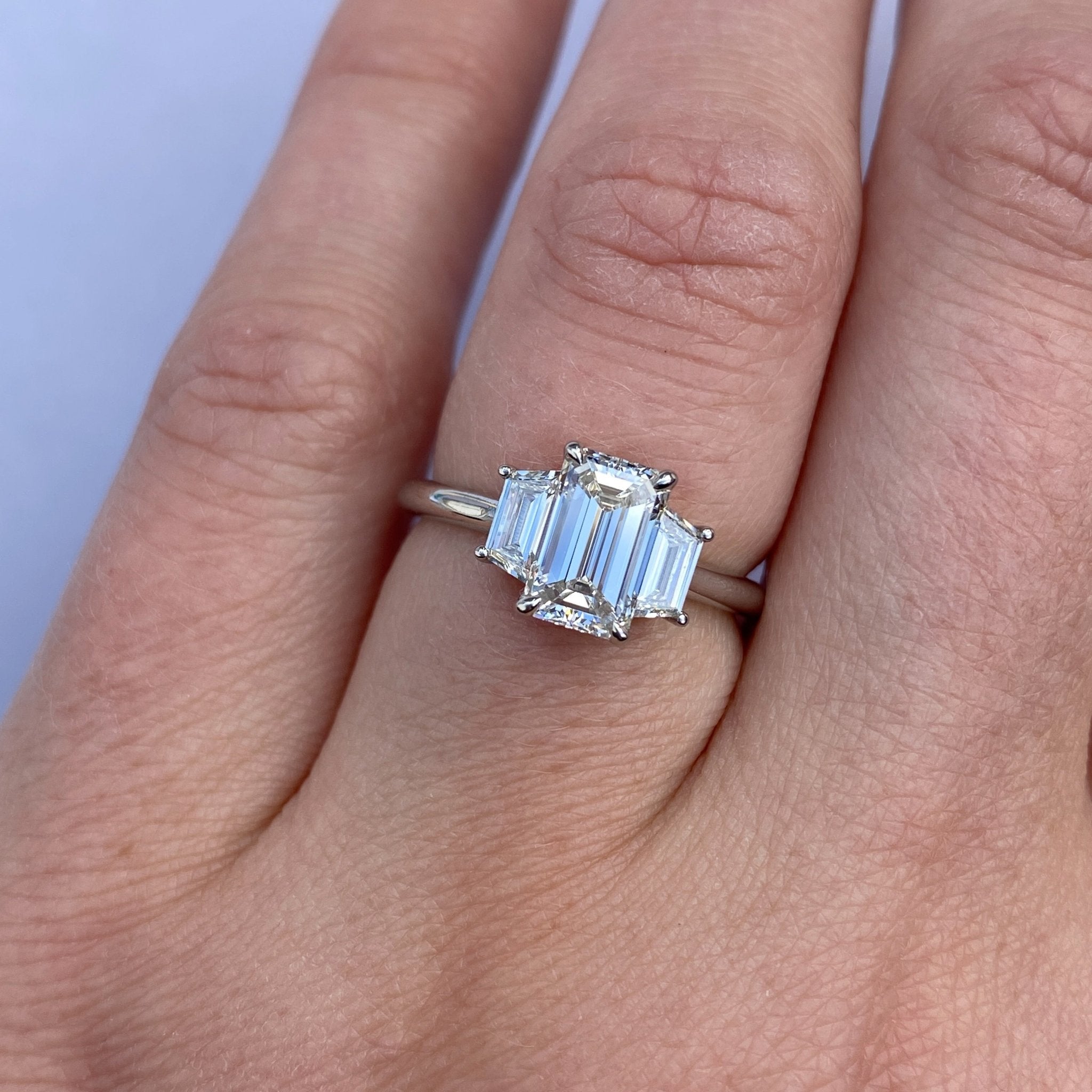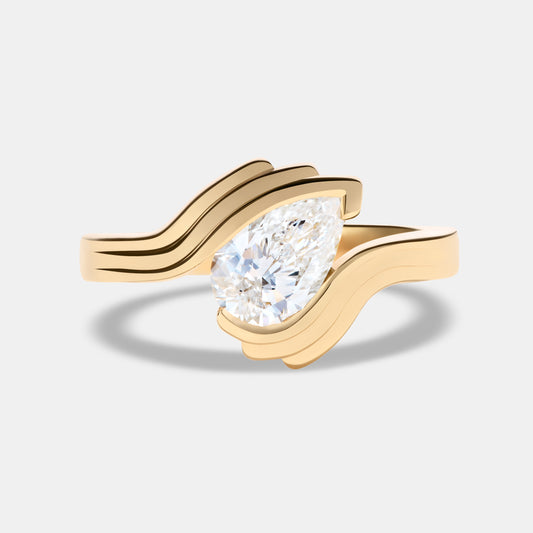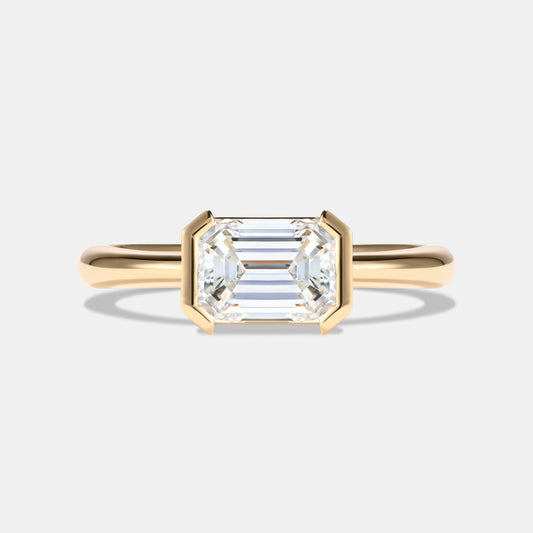DIAMOND GUIDE
Demystifying Diamond Grading: An insider's look at how industry standards for cut, colour, clarity, and carat are applied to assess diamond quality. We'll show you how to interpret these grades for informed decision-making.

What is a Diamond?
Diamonds are the world's hardest natural mineral, formed over a billion years ago deep beneath the Earth's surface. Carbon atoms bonded under extreme pressure and high temperatures, create these precious gems. Volcanic activity transports diamonds to the Earth's surface in magma.
First discovered in India in the 4th Century BC, diamonds remain one of the most coveted objects on Earth.
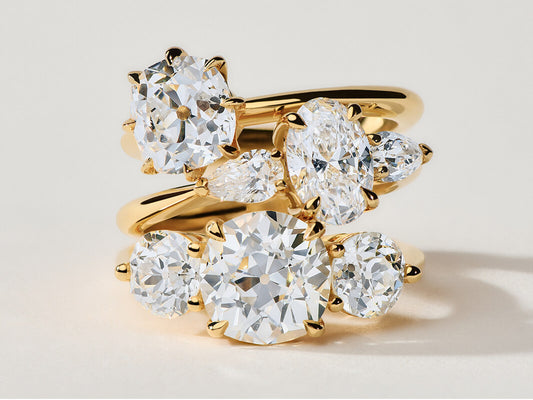
TYPES OF DIAMONDS
NATURAL DIAMONDS:
Were formed billions of years ago in the Earth's mantle and transported to the surface via volcanic kimberlite and lamproite pipes. They symbolize eternity and have relatively stable value. We ethically source all our natural diamonds from international diamond sightholders, tracing them back to reputable mines.
LAB-GROWN DIAMONDS:
Are physically and chemically identical to natural diamonds but have a different value and origin story. They're created in factories using crystallized carbon from natural diamond mining, replicating the Earth's high-pressure, high-temperature conditions in a matter of weeks. Due to their on-demand production, lab-grown diamonds have less stable value compared to natural diamonds.
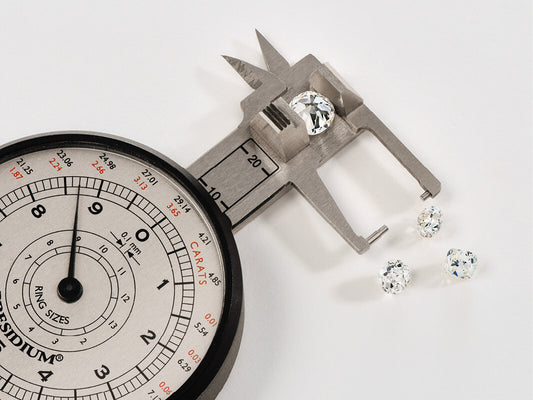
Diamond Grading Scale
The Gemological Institute of America (GIA) developed a universal standard for evaluating diamonds known as the 4 C's: cut, color, clarity, and carat. This scale provides an objective method to assess and describe diamond quality. Understanding these criteria is crucial when comparing and selecting diamonds, as each factor contributes to a diamond's overall value and appearance. While personal preference plays a role in diamond selection, the 4 C's offer a consistent framework for evaluating diamond quality across the industry.
DIAMOND CUT
Refers to the angles, proportions, and symmetry of a diamond, determining how its facets interact with light to produce brightness, scintillation, and fire.
DIAMOND CLARITY
Indicates the visibility of natural inclusions within the diamond, whether visible to the naked eye or requiring magnification. Fewer visible inclusions indicate higher rarity.
DIAMOND COLOUR
Measures the presence or absence of color in a diamond based on the GIA scale from D (colorless) to Z. D-E diamonds are the rarest.
DIAMOND CARAT
The unit of measurement for a diamond's weight, with 1 carat equaling 0.2 grams. Higher carat weights are rarer.
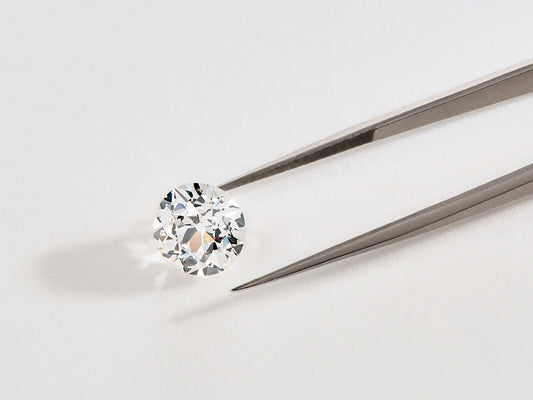
THE CUSHLA WHITING DIFFERENCE
We offer a refined, personal experience that brings together forward-thinking design and deep gemological knowledge, curating pieces that are as unique and considered as you are.
As a family-owned business, we’re steeped in values of passion, care, expertise, transparency, and integrity—principles that guide every part of what we do.
Hamish Whiting, founder and GIA Gemologist with HRD Antwerp Diamond Grader certification, goes a GRADE ABOVE™ in his rigorous diamond sourcing process, personally hand-selecting each stone. Drawing on 20 years of diamond buying expertise, his carefully developed strategy ensures our clients receive diamonds that represent both exceptional performance and outstanding value on a global scale.

BEYOND THE 4 C'S
Hamish Whiting, founder and GIA Gemologist with HRD Antwerp Diamond Grader certification, goes a GRADE ABOVE™ in his rigorous diamond sourcing process, personally hand-selecting each stone. Drawing on 20 years of diamond buying expertise, his carefully developed strategy ensures our clients receive diamonds that represent both exceptional performance and outstanding value on a global scale.
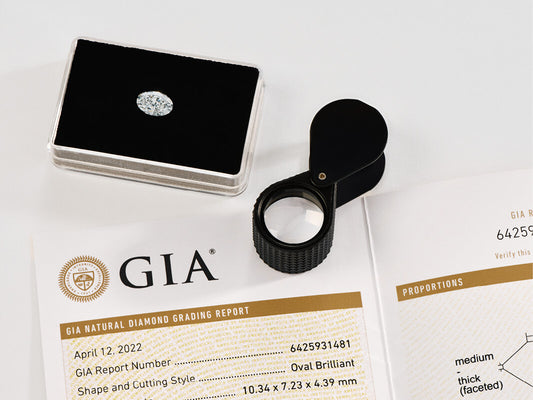
DIAMOND CERTIFICATION
We use independent certifications from GIA, HRD, or IGI, with GIA being the most accurate in our opinion. However, a certificate alone doesn't guarantee a beautiful diamond, which is why expert selection is crucial.
BUYING THE BEST DIAMONDS FOR YOU
Our Gemologist buys all of our GIA Excellent cut round diamonds using a much stricter/narrower range of angles, to ensure that they sit at the very top of the GIA Excellent cut grade.
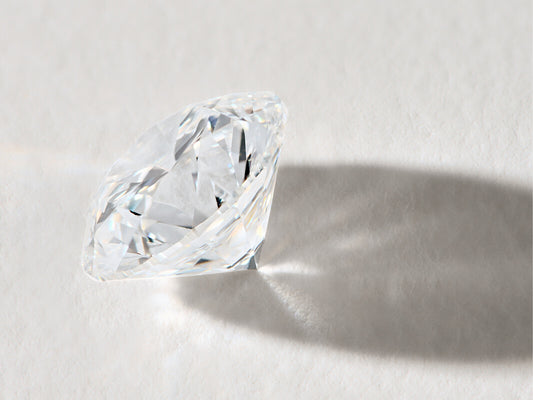
MODERN DIAMONDS
We source our modern diamonds directly from Global Sightholder companies, allowing us to trace each diamond back to reputable mining operations. These mines implement social, environmental, and economic programs benefiting local communities. They provide fair wages, safe working conditions, community empowerment, and work towards net zero emissions.
Our modern diamonds include top performing white diamonds as well as coloured diamonds (champagne and yellow).
NATURAL DIAMOND RINGS
View all-
Zaha 1.41ctw Diamond Toi Et Moi Engagement Ring
 Zaha 1.41ctw Diamond Toi Et Moi Engagement Ring
Zaha 1.41ctw Diamond Toi Et Moi Engagement Ring- Regular price
- $8,800 AUD
- Regular price
-
- Sale price
- $8,800 AUD
- Unit price
- per
Zaha 1.41ctw Diamond Toi Et Moi Engagement RingZaha 1.41ctw Diamond Toi Et Moi Engagement Ring- Regular price
- $8,800 AUD
- Regular price
-
- Sale price
- $8,800 AUD
- Unit price
- per
-
Selene 1.20ct Pear Champagne Diamond Solitaire Engagement Ring
 Selene 1.20ct Pear Champagne Diamond Solitaire Engagement Ring
Selene 1.20ct Pear Champagne Diamond Solitaire Engagement Ring- Regular price
- $11,000 AUD
- Regular price
-
- Sale price
- $11,000 AUD
- Unit price
- per
Selene 1.20ct Pear Champagne Diamond Solitaire Engagement RingSelene 1.20ct Pear Champagne Diamond Solitaire Engagement Ring- Regular price
- $11,000 AUD
- Regular price
-
- Sale price
- $11,000 AUD
- Unit price
- per
-
Selene 1.01ct Emerald Cut Diamond Solitaire Engagement Ring
 Selene 1.01ct Emerald Cut Diamond Solitaire Engagement Ring
Selene 1.01ct Emerald Cut Diamond Solitaire Engagement Ring- Regular price
- $14,400 AUD
- Regular price
-
- Sale price
- $14,400 AUD
- Unit price
- per
Selene 1.01ct Emerald Cut Diamond Solitaire Engagement RingSelene 1.01ct Emerald Cut Diamond Solitaire Engagement Ring- Regular price
- $14,400 AUD
- Regular price
-
- Sale price
- $14,400 AUD
- Unit price
- per
-
Selene 1.09ct Round Diamond Solitaire Engagement Ring
 Selene 1.09ct Round Diamond Solitaire Engagement Ring
Selene 1.09ct Round Diamond Solitaire Engagement Ring- Regular price
- $14,400 AUD
- Regular price
-
- Sale price
- $14,400 AUD
- Unit price
- per
Selene 1.09ct Round Diamond Solitaire Engagement RingSelene 1.09ct Round Diamond Solitaire Engagement Ring- Regular price
- $14,400 AUD
- Regular price
-
- Sale price
- $14,400 AUD
- Unit price
- per
-
Sofia 1.21ct Emerald Cut Diamond Three Stone Engagement Ring
 Sofia 1.21ct Emerald Cut Diamond Three Stone Engagement Ring
Sofia 1.21ct Emerald Cut Diamond Three Stone Engagement Ring- Regular price
- $15,900 AUD
- Regular price
-
- Sale price
- $15,900 AUD
- Unit price
- per
Sofia 1.21ct Emerald Cut Diamond Three Stone Engagement RingSofia 1.21ct Emerald Cut Diamond Three Stone Engagement Ring- Regular price
- $15,900 AUD
- Regular price
-
- Sale price
- $15,900 AUD
- Unit price
- per
-
Mies 1.01ct La Cush™ Radiant Diamond Solitaire Engagement Ring
 Mies 1.01ct La Cush™ Radiant Diamond Solitaire Engagement Ring
Mies 1.01ct La Cush™ Radiant Diamond Solitaire Engagement Ring- Regular price
- $11,900 AUD
- Regular price
-
- Sale price
- $11,900 AUD
- Unit price
- per
Mies 1.01ct La Cush™ Radiant Diamond Solitaire Engagement RingMies 1.01ct La Cush™ Radiant Diamond Solitaire Engagement Ring- Regular price
- $11,900 AUD
- Regular price
-
- Sale price
- $11,900 AUD
- Unit price
- per
-
Contours Wrap 1.01ct Pear Diamond Solitaire Engagement Ring
 Contours Wrap 1.01ct Pear Diamond Solitaire Engagement Ring
Contours Wrap 1.01ct Pear Diamond Solitaire Engagement Ring- Regular price
- $13,700 AUD
- Regular price
-
- Sale price
- $13,700 AUD
- Unit price
- per
Contours Wrap 1.01ct Pear Diamond Solitaire Engagement RingContours Wrap 1.01ct Pear Diamond Solitaire Engagement Ring- Regular price
- $13,700 AUD
- Regular price
-
- Sale price
- $13,700 AUD
- Unit price
- per
-
Iman 1.30ct Emerald Cut Diamond Solitaire Engagement Ring
 Iman 1.30ct Emerald Cut Diamond Solitaire Engagement Ring
Iman 1.30ct Emerald Cut Diamond Solitaire Engagement Ring- Regular price
- $14,000 AUD
- Regular price
-
- Sale price
- $14,000 AUD
- Unit price
- per
Iman 1.30ct Emerald Cut Diamond Solitaire Engagement RingIman 1.30ct Emerald Cut Diamond Solitaire Engagement Ring- Regular price
- $14,000 AUD
- Regular price
-
- Sale price
- $14,000 AUD
- Unit price
- per
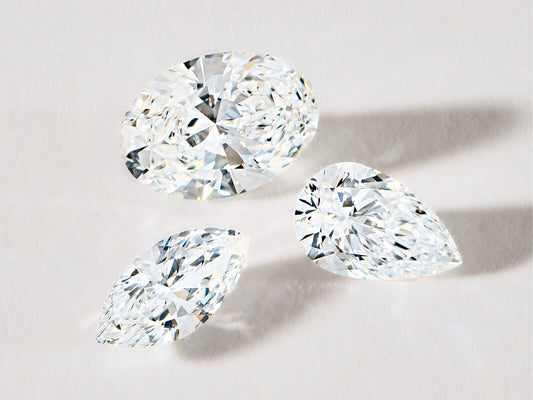
DIAMOND SHAPE
Shape refers to a diamond's external appearance, and is distinct from its cut (internal facet arrangement). Round is the most popular, with other shapes such as emerald, marquise, and oval being considered 'fancy' shape.
MODERN DIAMOND SHAPES
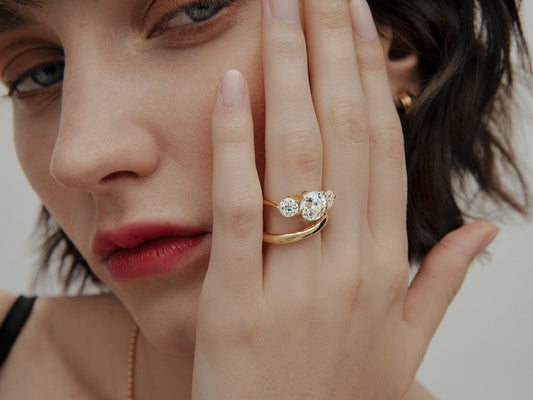
ANTIQUE DIAMONDS
Ethically sourced in person from the Antwerp diamond bourse, our antique diamonds are our most rare collectible gemstones. Genuine antiques, cut by hand from the 1600’s to 1930’s have a unique charm and character unobtainable in modern day cutting.
ANTIQUE DIAMOND SHAPES
Antique Diamond Rings
View all-
Dion 2.09ct Antique Old Mine Cut Diamond Solitaire Engagement Ring
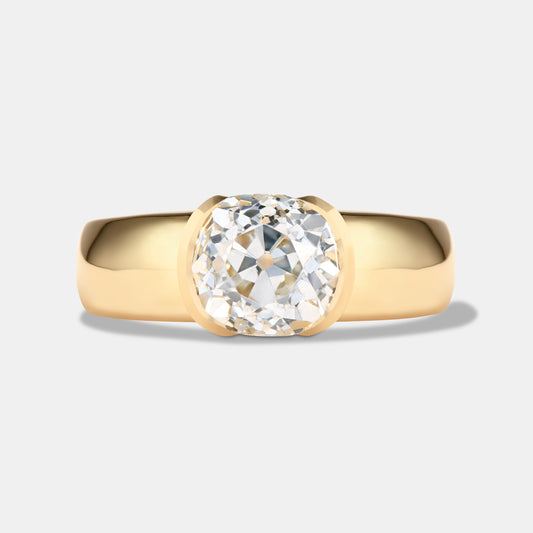 Dion 2.09ct Antique Old Mine Cut Diamond Solitaire Engagement Ring
Dion 2.09ct Antique Old Mine Cut Diamond Solitaire Engagement Ring- Regular price
- $33,000 AUD
- Regular price
-
- Sale price
- $33,000 AUD
- Unit price
- per
Dion 2.09ct Antique Old Mine Cut Diamond Solitaire Engagement Ring Dion 2.09ct Antique Old Mine Cut Diamond Solitaire Engagement Ring
Dion 2.09ct Antique Old Mine Cut Diamond Solitaire Engagement Ring- Regular price
- $33,000 AUD
- Regular price
-
- Sale price
- $33,000 AUD
- Unit price
- per
-
Dani 2.07ctw Diamond Toi Et Moi Engagement Ring
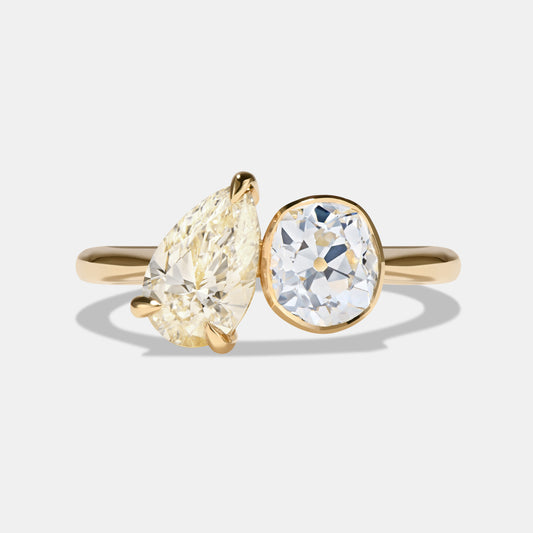 Dani 2.07ctw Diamond Toi Et Moi Engagement Ring
Dani 2.07ctw Diamond Toi Et Moi Engagement Ring- Regular price
- $20,000 AUD
- Regular price
-
- Sale price
- $20,000 AUD
- Unit price
- per
Dani 2.07ctw Diamond Toi Et Moi Engagement Ring Dani 2.07ctw Diamond Toi Et Moi Engagement Ring
Dani 2.07ctw Diamond Toi Et Moi Engagement Ring- Regular price
- $20,000 AUD
- Regular price
-
- Sale price
- $20,000 AUD
- Unit price
- per
-
Enid 1.24ctw Antique Old European Cut Diamond Eternity Ring
 Enid 1.24ctw Antique Old European Cut Diamond Eternity Ring
Enid 1.24ctw Antique Old European Cut Diamond Eternity Ring- Regular price
- $8,500 AUD
- Regular price
-
- Sale price
- $8,500 AUD
- Unit price
- per
Enid 1.24ctw Antique Old European Cut Diamond Eternity Ring Enid 1.24ctw Antique Old European Cut Diamond Eternity Ring
Enid 1.24ctw Antique Old European Cut Diamond Eternity Ring- Regular price
- $8,500 AUD
- Regular price
-
- Sale price
- $8,500 AUD
- Unit price
- per
-
Elizabeth 2.50ct Antique Old European Cut Diamond Solitaire Engagement Ring
 Elizabeth 2.50ct Antique Old European Cut Diamond Solitaire Engagement Ring
Elizabeth 2.50ct Antique Old European Cut Diamond Solitaire Engagement Ring- Regular price
- $40,000 AUD
- Regular price
-
- Sale price
- $40,000 AUD
- Unit price
- per
Elizabeth 2.50ct Antique Old European Cut Diamond Solitaire Engagement Ring Elizabeth 2.50ct Antique Old European Cut Diamond Solitaire Engagement Ring
Elizabeth 2.50ct Antique Old European Cut Diamond Solitaire Engagement Ring- Regular price
- $40,000 AUD
- Regular price
-
- Sale price
- $40,000 AUD
- Unit price
- per
-
Elizabeth 1.85ct Antique Old European Cut Diamond Solitaire Engagement Ring
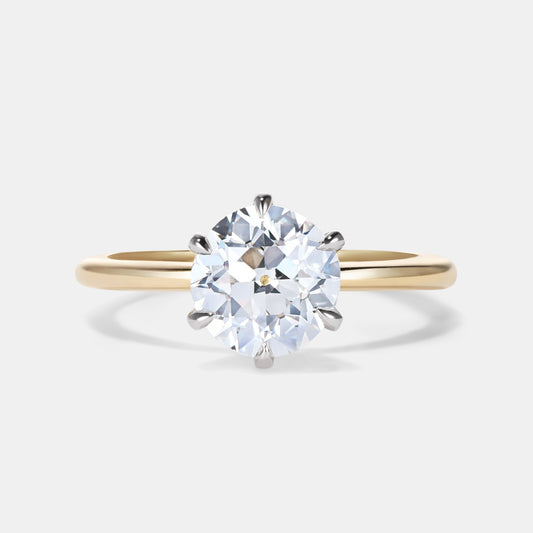 Elizabeth 1.85ct Antique Old European Cut Diamond Solitaire Engagement Ring
Elizabeth 1.85ct Antique Old European Cut Diamond Solitaire Engagement Ring- Regular price
- $45,000 AUD
- Regular price
-
- Sale price
- $45,000 AUD
- Unit price
- per
Elizabeth 1.85ct Antique Old European Cut Diamond Solitaire Engagement Ring Elizabeth 1.85ct Antique Old European Cut Diamond Solitaire Engagement Ring
Elizabeth 1.85ct Antique Old European Cut Diamond Solitaire Engagement Ring- Regular price
- $45,000 AUD
- Regular price
-
- Sale price
- $45,000 AUD
- Unit price
- per
-
Dani 2.08ctw Diamond Toi Et Moi Engagement Ring
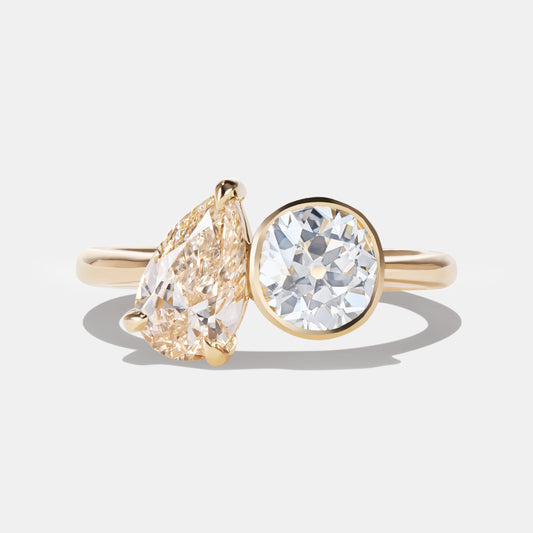 Dani 2.08ctw Diamond Toi Et Moi Engagement Ring
Dani 2.08ctw Diamond Toi Et Moi Engagement Ring- Regular price
- $17,500 AUD
- Regular price
-
- Sale price
- $17,500 AUD
- Unit price
- per
Dani 2.08ctw Diamond Toi Et Moi Engagement Ring Dani 2.08ctw Diamond Toi Et Moi Engagement Ring
Dani 2.08ctw Diamond Toi Et Moi Engagement Ring- Regular price
- $17,500 AUD
- Regular price
-
- Sale price
- $17,500 AUD
- Unit price
- per
-
Isabella 1.27ct Old Mine Cut Antique Diamond Solitaire Engagement Ring
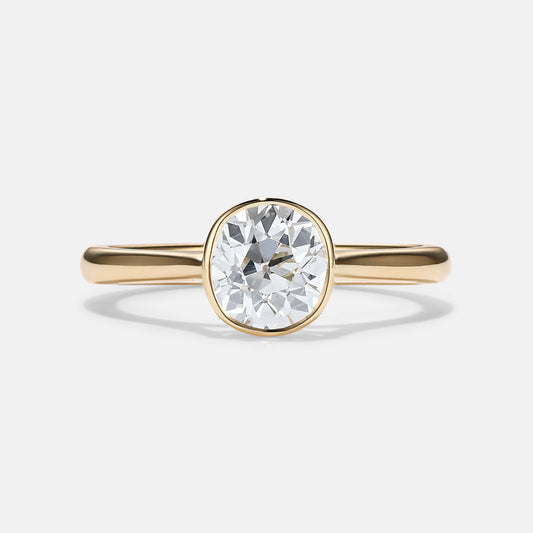 Isabella 1.27ct Old Mine Cut Antique Diamond Solitaire Engagement Ring
Isabella 1.27ct Old Mine Cut Antique Diamond Solitaire Engagement Ring- Regular price
- $14,000 AUD
- Regular price
-
- Sale price
- $14,000 AUD
- Unit price
- per
Isabella 1.27ct Old Mine Cut Antique Diamond Solitaire Engagement Ring Isabella 1.27ct Old Mine Cut Antique Diamond Solitaire Engagement Ring
Isabella 1.27ct Old Mine Cut Antique Diamond Solitaire Engagement Ring- Regular price
- $14,000 AUD
- Regular price
-
- Sale price
- $14,000 AUD
- Unit price
- per
-
Georgia 0.92ct Antique Old Mine Cut Diamond Solitaire Engagement Ring
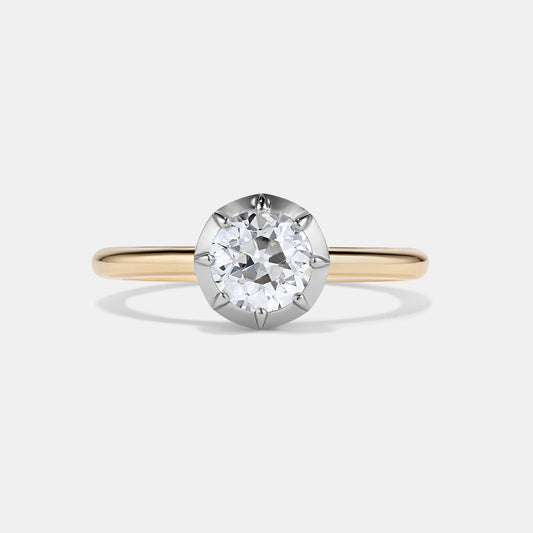 Georgia 0.92ct Antique Old Mine Cut Diamond Solitaire Engagement Ring
Georgia 0.92ct Antique Old Mine Cut Diamond Solitaire Engagement Ring- Regular price
- $10,700 AUD
- Regular price
-
- Sale price
- $10,700 AUD
- Unit price
- per
Georgia 0.92ct Antique Old Mine Cut Diamond Solitaire Engagement Ring Georgia 0.92ct Antique Old Mine Cut Diamond Solitaire Engagement Ring
Georgia 0.92ct Antique Old Mine Cut Diamond Solitaire Engagement Ring- Regular price
- $10,700 AUD
- Regular price
-
- Sale price
- $10,700 AUD
- Unit price
- per
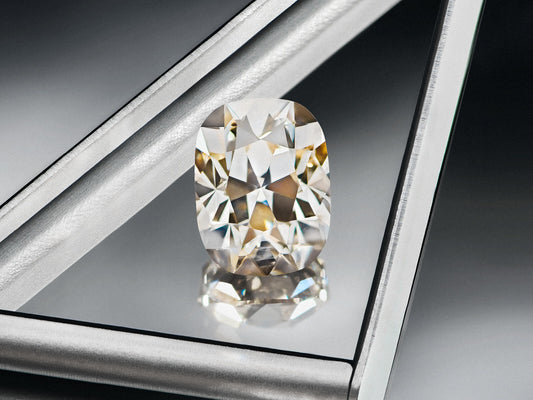
OUR EXCLUSIVE 'LA CUSH' CUT
Introducing ‘LA CUSH’ Cut - An original diamond cut invented by our co-founder GIA gemologist Hamish Whiting.
Inspired by genuine antique Old European and Old Mine Cut diamonds, Hamish decided it was high time he released his very own cut; suitably named ‘La Cush’.
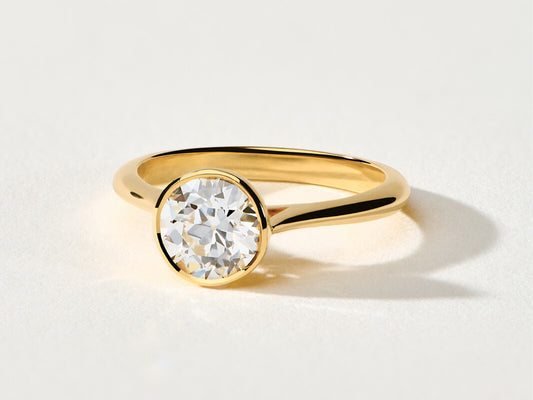
Diamond Hardness
Diamonds are the hardest natural substance on Earth, ranking 10 on the Mohs scale of mineral hardness. This scale, developed in 1822, measures a material's resistance to scratching. Only another diamond can scratch a diamond, making these gems exceptionally durable. This durability makes diamonds ideal for daily wear, particularly as centerpieces in jewelry and engagement rings. Their hardness ensures they maintain their beauty and structure even with constant wear.
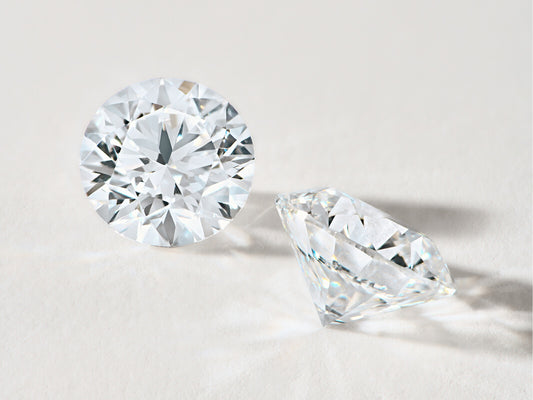
Diamond Fluorescence
Diamond fluorescence is the reaction of a diamond to ultraviolet (UV) light, which is present in daylight. It's graded based on the intensity of this reaction to long-wave UV. While fluorescence can cause diamonds to emit a blue or yellow glow under UV light, it typically doesn't affect a diamond's appearance in regular lighting or its structural integrity.
In rare cases, strong fluorescence may influence a diamond's appearance in sunlight. Some diamonds with strong fluorescence might appear slightly blue in natural light, or look whiter than their actual color grade. This occurs because the blue fluorescence can counteract any yellow tint in the diamond.
It's important to note that fluorescence is neither inherently good nor bad - its impact on a diamond's appearance can vary and is often subtle. When selecting a diamond, it's best to view it under various lighting conditions to assess its overall appearance.
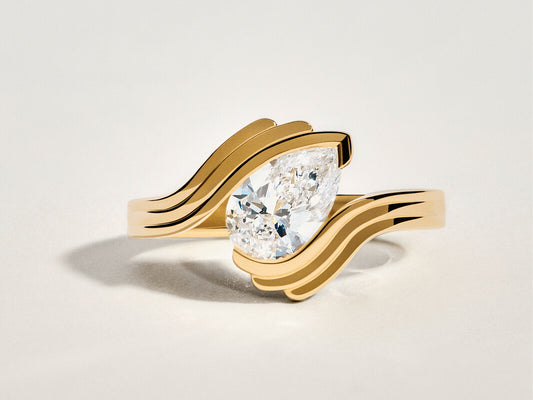
Diamond Price
Diamond prices vary greatly based on rarity and quality. Higher grades in cut, color, clarity, or larger carat weights command higher prices due to their rarity. Lab-grown diamonds are less expensive than natural diamonds.
WHAT TO REMEMBER WHEN BUYING YOUR FIRST DIAMOND
When selecting your ideal diamond, consider these key steps:
- UNDERSTAND THE 4 C's: Familiarise yourself with cut, color, clarity, and carat. Balance these factors with your budget. Remember, prioritizing one aspect may require compromise in others. For example, a larger carat weight might mean adjusting expectations for color or clarity. There's no universal "perfect" diamond - it's about finding what appeals to you.
- CHOOSE YOUR PREFERRED SHAPE: While round brilliants are popular, explore other options. At Cushla Whiting, we offer a variety of shapes including oval, cushion, emerald, pear, and more. Each shape has unique characteristics that can complement different styles and preferences.
- ENSURE CERTIFICATION: Always opt for a diamond with a certificate from a reputable institution like GIA or HRD. This document verifies the diamond's authenticity and quality characteristics.
At CUSHLA WHITING, we pride ourselves on offering a diverse selection of ethically sourced, high-quality diamonds. Our expert team is available to guide you through the selection process, answering any questions you may have. We encourage you to use our website's search filters to explore our collection based on your preferences for shape and the 4 C's.
For a more personalised experience, we invite you to schedule an appointment to view diamonds in person at our showroom. Our knowledgeable staff will be happy to assist you in finding the perfect diamond that meets your criteria and budget.
